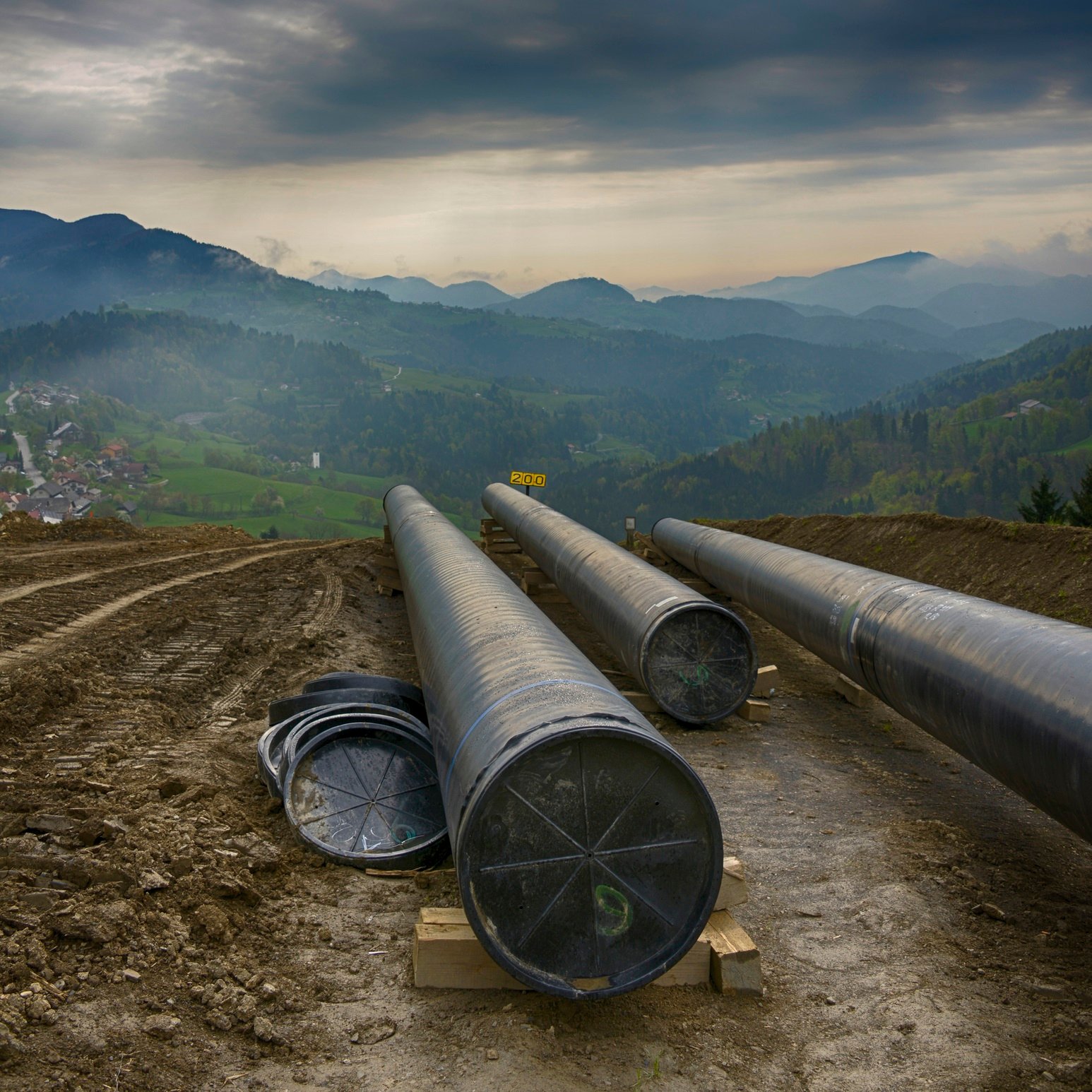Energy
With Oil at $50 a Barrel, Is the Keystone XL Pipeline Even Necessary?

Published:
Last Updated:

On Thursday morning, Royal Dutch Shell PLC (NYSE: RDS-A) announced the sale of all its in-situ and undeveloped oil sands interests in Canada for $7.25 billion. Less than a month ago, Exxon Mobil Corp. (NYSE: XOM) wrote down 3.3 billion barrels of oil sands assets because they could no longer be produced profitably at current crude prices. If these energy giants can’t make a profit, why do TransCanada Corp. (NYSE: TRP), the Canadian government and the Trump administration want to revisit former President Obama’s decision to kill the Keystone XL pipeline project?
Figuring out how much it costs to produce a barrel from the Alberta oil sands is largely a matter of educated guesswork because the companies working the region are pretty close-mouthed about costs. In February of 2016, IHS Markit estimated full-cycle costs of a new mining project required a West Texas Intermediate (WTI) price of $85 to $95 a barrel in order to break even. Full-cycle costs include the capital cost of constructing a facility, operation costs for that facility, maintenance costs and a return on investment of 10%.
Full-cycle costs for an in-situ (steam-assisted, gravity drainage) project would require a WTI price of $55 to $65 a barrel to break even, and expansion of an existing in-situ project would require a price of $50 to $55 a barrel.
The costs don’t include transporting the oil to where it will either be used or exported. There are currently two pipeline projects that have received Canadian government approval. An expansion of Kinder Morgan Inc.’s (NYSE: KMI) Trans Mountain system to the west coast of British Columbia and the Enbridge Inc. (NYSE: ENB) Line 3 replacement that will move oil sands production east to Superior, Wisconsin. Combined, the total takeaway capacity, including the Keystone XL pipeline, will be on the order of 2.48 million barrels a day.
Total oil sands production in 2016 came in at around 2.4 million barrels a day. Capital investment dropped by a third year over year to around $20 billion, although that number is expected to increase a bit in 2017 because the WTI price is now higher. Still, no large, new, expensive projects are planned to raise production totals.
Expanding existing pipelines like the Trans Mountain and Line 3 will add significantly to the takeaway capacity of oil sands production. Why, then, is the Keystone XL pipeline still holding on? The main reason is that delivering oil sands crude to the Gulf Coast by pipeline stands to raise the price, and there are still well over a trillion barrels of the stuff that could be extracted if the price climbs high enough.
Opposition to the Keystone XL from environmental groups on both sides of the border is focused on persuading the national governments to keep the resource in the ground. Extracting and upgrading the bitumen uses large amounts of water and energy, amplifying the effect of the final use of the oil as an emitter of carbon.
But building the Keystone XL pipeline gives oil sands producers an incentive to invest and expand, and ultimately boost both revenues and profits for the companies and tax revenues for Alberta and Canada. Several thousand short-term construction jobs and a relative handful of maintenance jobs once the pipeline is built, plus some storage and tax revenues, appear to be the main benefits to the United States from the pipeline.
And given President Trump’s demonstrated support of the Keystone XL, there is a very good chance that the pipeline will be built. Whether it’s a good solution to supplying the global demand for energy really depends on what angle you take when looking at it. In that regard, it’s similar to the way people look at a wall along the U.S.-Mexico border.
Want retirement to come a few years earlier than you’d planned? Or are you ready to retire now, but want an extra set of eyes on your finances?
Now you can speak with up to 3 financial experts in your area for FREE. By simply clicking here you can begin to match with financial professionals who can help you build your plan to retire early. And the best part? The first conversation with them is free.
Click here to match with up to 3 financial pros who would be excited to help you make financial decisions.
Thank you for reading! Have some feedback for us?
Contact the 24/7 Wall St. editorial team.